A few months back I wrote a plug-in for WordPress called RegisTrap. It’s beyond basic, and has one simple purpose: to block registration spam on my WordPress-based website.
Registration spam, for those of you who don’t know, is when a “bot” (a computer program written to seek out and exploit poorly-written web forms to send floods of spam email messages) signs up as a “user” on your site. These “users” can’t really do anything on the site, but they clutter up your database nonetheless.
I had a feeling that RegisTrap was really only going to work reliably if I kept it to myself. And I was right: after submitting it to the official WordPress plug-in repository, it eventually stopped working, as the bots adapted to avoid its “traps.” It might have happened eventually anyway, but I’m sure that the publicity it received from being in the repository, and the hundred or so people who downloaded it (many of whom, I suspect on reflection, were probably bot developers looking to dissect its workings), accelerated its demise.
As I announced here a few days ago, I turned RegisTrap off on my site, and I also turned off registration altogether. But that hasn’t stopped the flood of new bot registrations. There are 14 of them sitting there in my database right now (well, there were before I just deleted them), all added after I turned off the ability to register altogether.
I suppose, since the bots don’t actually visit the site and fill in the form, they just submit the right data directly to the right URL, whether it’s “browsable” or not, it doesn’t even really matter if your site is set up to reject registrations. Still, it’s a bit dismaying that WordPress is processing those registrations even with registration turned off. Apparently it stops at making the registration page inaccessible via links; it doesn’t actually turn off the code that processes registrations. Boo. Perhaps that should be my next plugin: “Stop All Registrations 4 Realz.”
But maybe I won’t call it that.
